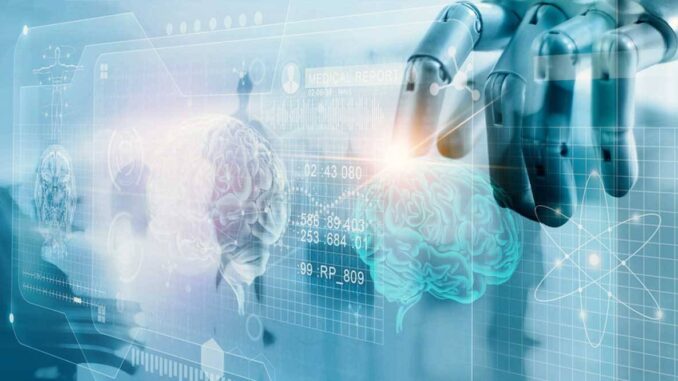
THE global artificial intelligence (AI) industry is experiencing explosive growth, poised to significantly impact global GDP and economic productivity in the coming years.
According to AltIndex.com, the industry’s rapid expansion is evident, with the AI market expected to reach 315 million users and a value of $184 billion in 2024 — up 35 percent from last year. AI’s influence on GDP is forecast to grow exponentially, potentially adding 9.5 percent to global GDP by 2030, nearly five times this year’s contribution.
In addition, a Statista Market Insights survey presents three scenarios for AI’s impact on GDP. Under the moderate scenario, AI could contribute 9.5 percent to global GDP by 2030. In an optimistic scenario, this impact could increase to 11.41 percent, while even the conservative scenario estimates an 8.81 percent contribution — signaling a transformative economic role for AI.
While AI and robotics promise economic and productivity gains, these technologies also introduce challenges, such as potential job displacement, data privacy concerns, and a widening digital divide between AI-capable and AI-developing countries. CONTRIBUTED PHOTO
North America is expected to experience the largest GDP boost from AI, with contributions rising from 2.2 percent to 10.5 percent by 2030.
Asia, on the other hand, is projected to see a fivefold increase in AI’s impact on GDP, adding 6.7 percent by the end of the decade.
While Europe is also poised for substantial growth, with AI predicted to enhance GDP by 9.7 percent.
AI’s value is expected to surge nearly fourfold, reaching an estimated $830 billion by 2030. The machine learning segment, in particular, will continue to lead, with forecasts projecting a sixfold increase to a $503 billion valuation.
Natural language processing (NLP) and AI robotics are also expected to grow significantly, with NLP projected to reach $156 billion and robotics $64 billion by 2030.
With around 70 million new users expected annually, the AI user base could reach 730 million by 2030, more than double the current 315 million users. This expanding user base reflects AI’s increasing accessibility and adoption across industries and regions.
While AI promises economic and productivity gains, it also introduces challenges, such as potential job displacement, data privacy concerns, and a widening digital divide between AI-capable and AI-developing countries.
The projected growth across all AI segments underscores its central role in driving innovation, efficiency and economic expansion. For businesses and governments, investing in AI readiness and addressing potential societal impacts will be key to leveraging these transformative capabilities.
Return of the robots
For its part, the global robotics industry is poised for a rebound following a challenging 2024, which saw stagnation due to various economic factors.
According to AltIndex.com, robotics revenue is expected to rise by an impressive 58 percent, reaching $73 billion by 2029, with an average annual growth of about $5 billion starting in 2025.
This growth will be primarily driven by the increasing demand for service robots, particularly those enhanced by AI and machine learning for specialized tasks.
Service robots, which are now four times as popular as industrial robots, are anticipated to lead market expansion, with revenue in this segment projected to surge 70 percent to $61 billion by 2029.
In contrast, industrial robots are expected to see a more modest 15 percent growth, reaching $11.4 billion. The total number of robots in operation is also set to expand dramatically — from 36.5 million units in 2024 to over 61 million by the decade’s end.
Asia is expected to continue dominating the market, housing one-third of all robots worldwide, with China, Japan and South Korea leading the way.
Meanwhile, Europe and North America will follow closely, forecasted to reach 19 million and 17 million robots, respectively, by 2029. This widespread growth across sectors like health care, logistics and hospitality reflects a strong post-2024 outlook for the robotics industry, with a steady recovery expected as companies resume investments.


Be the first to comment